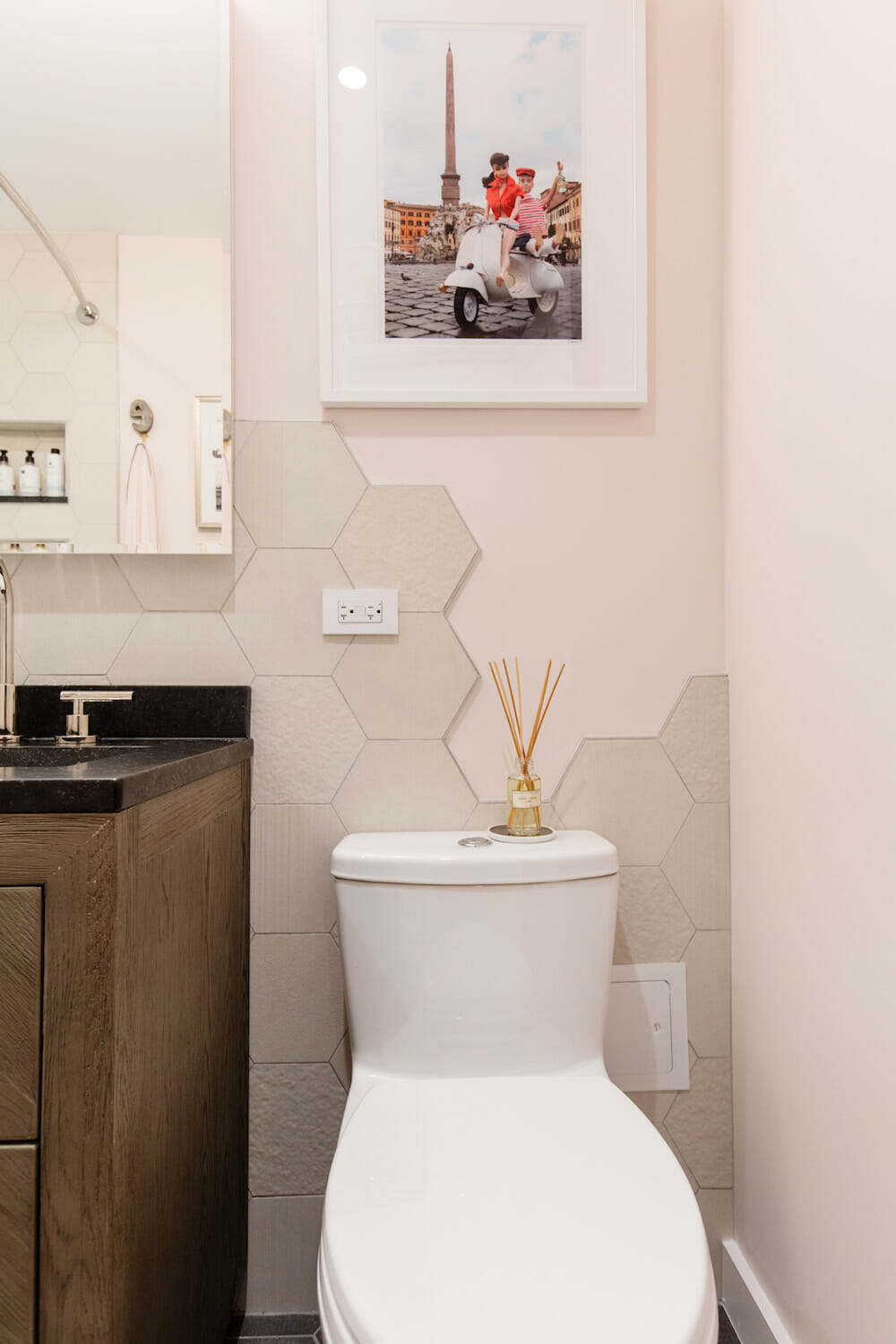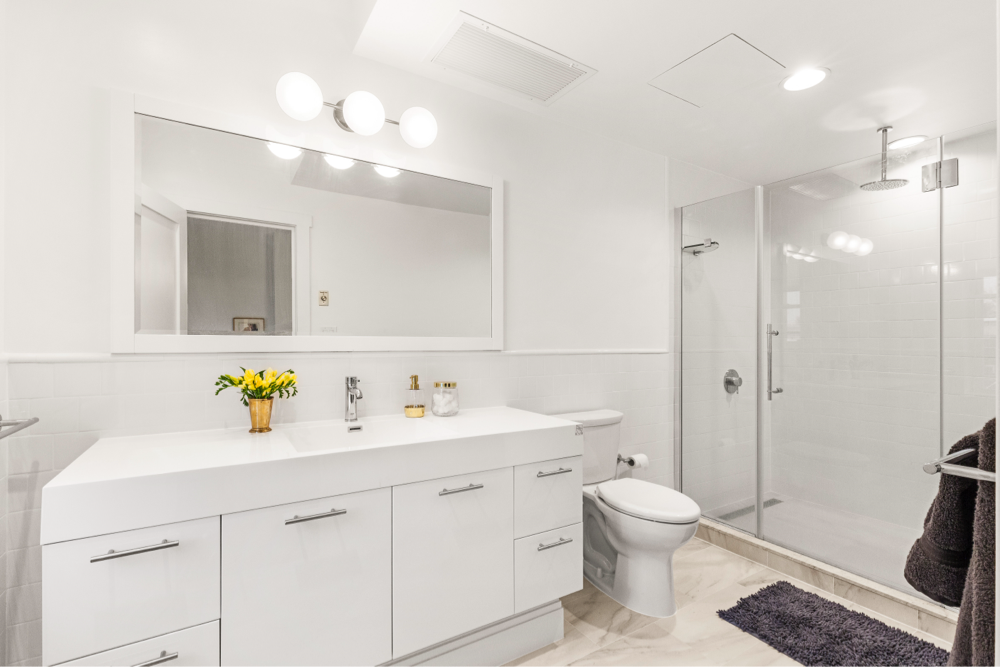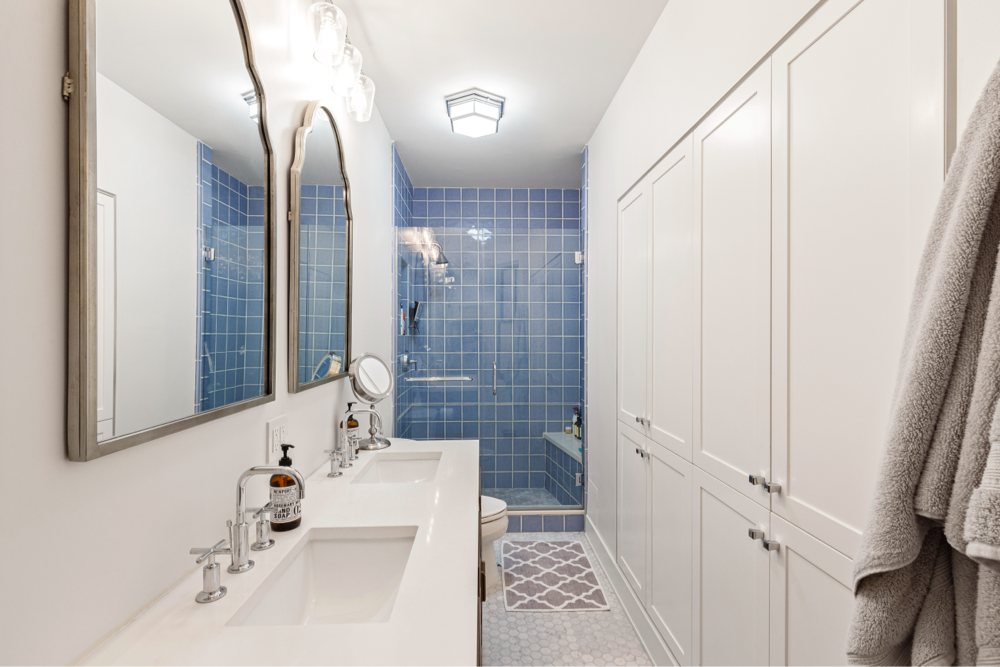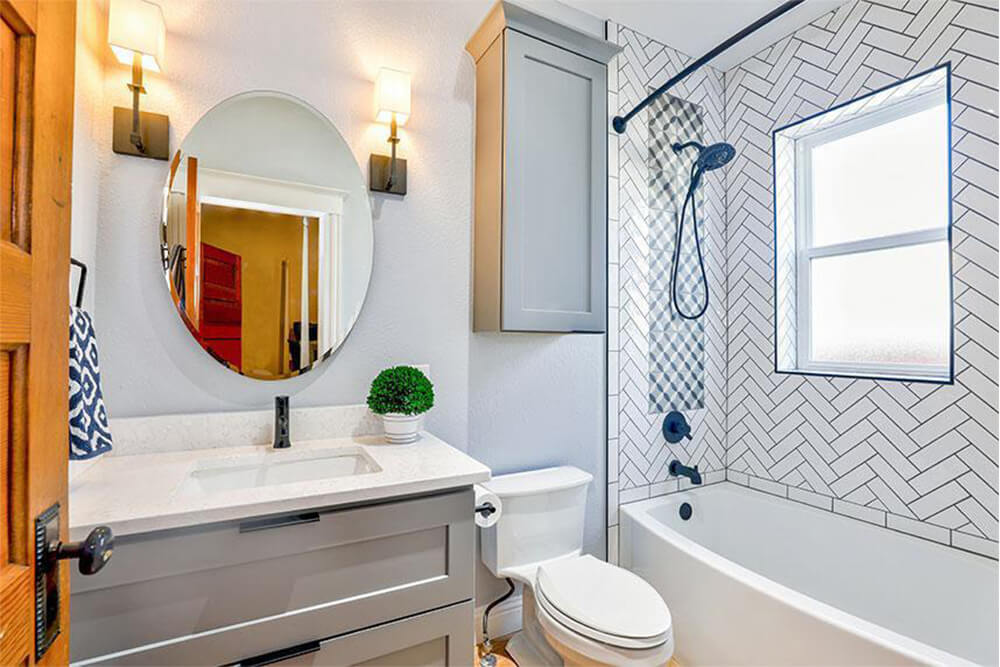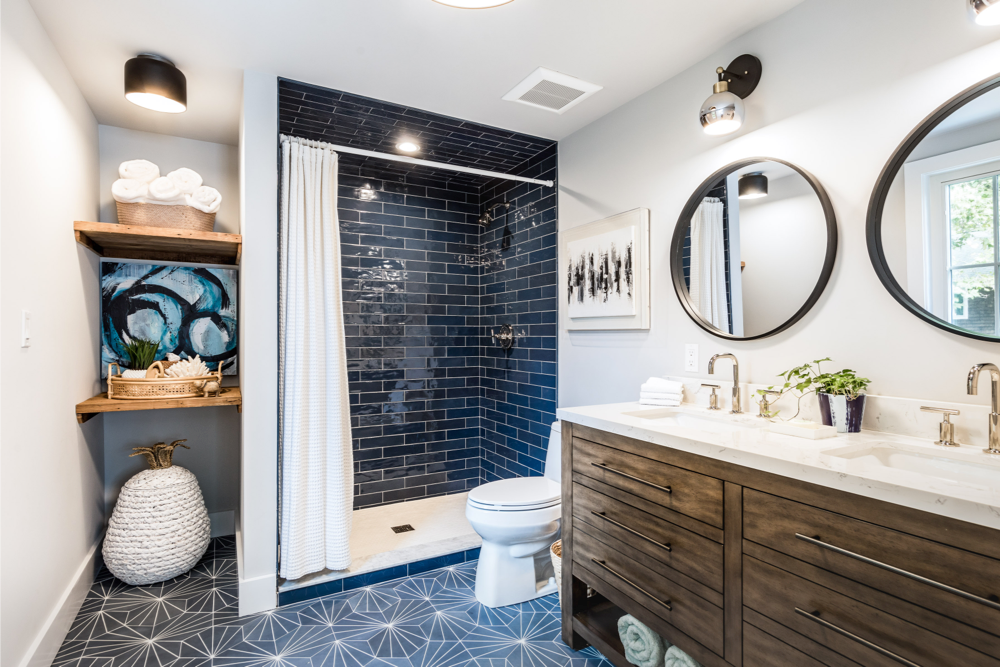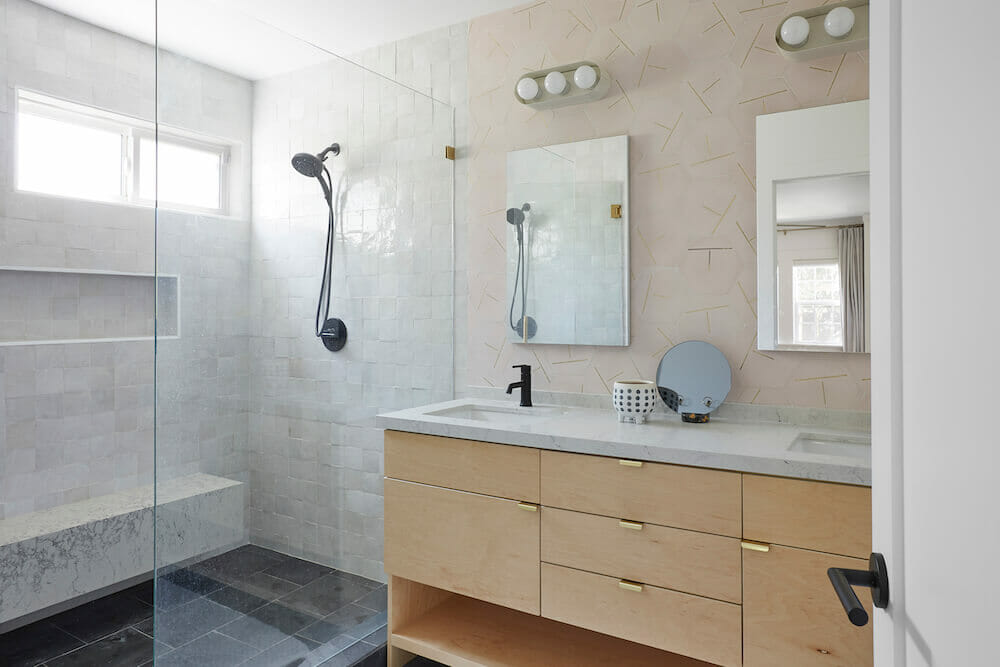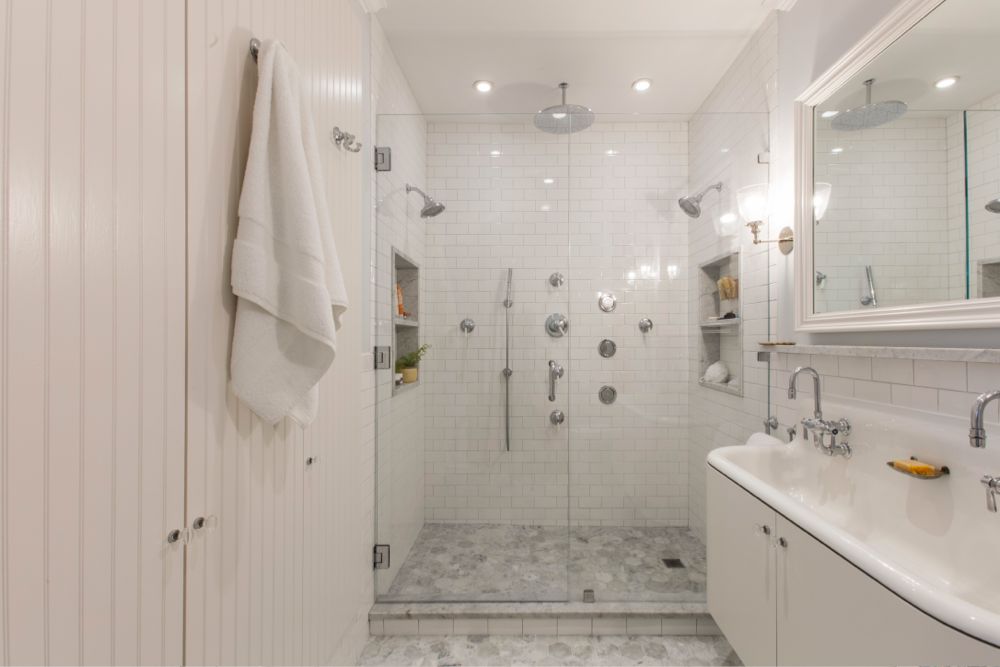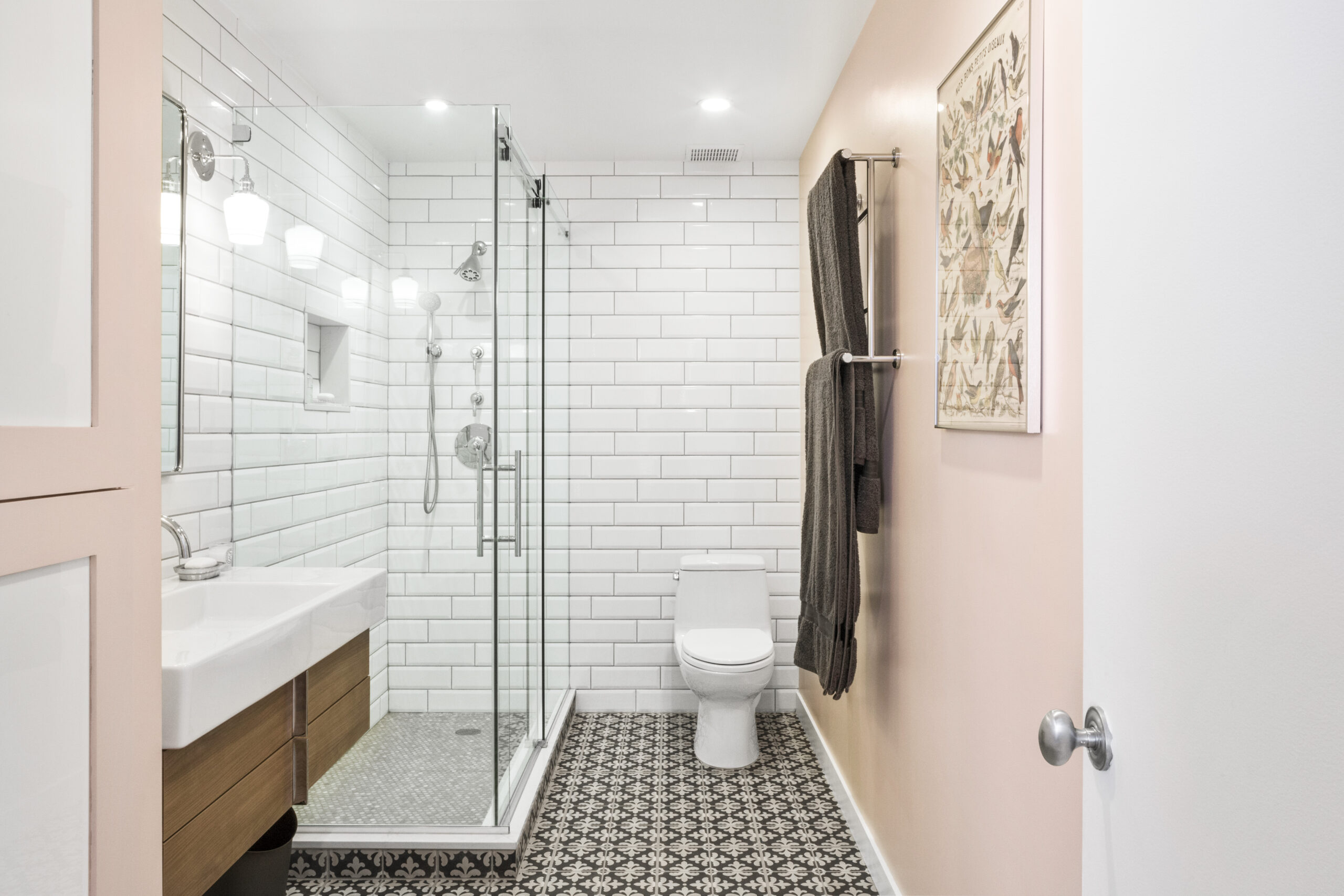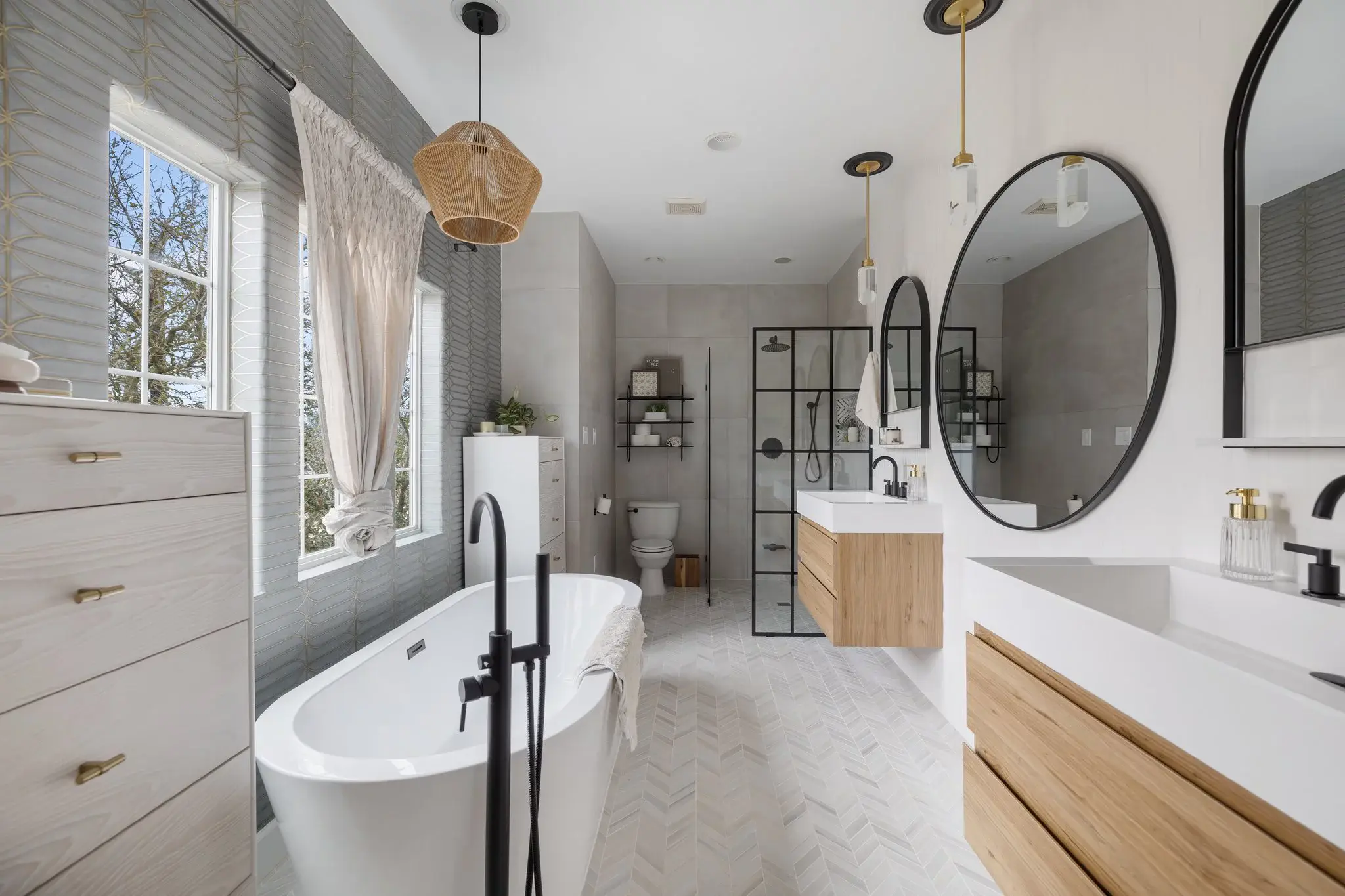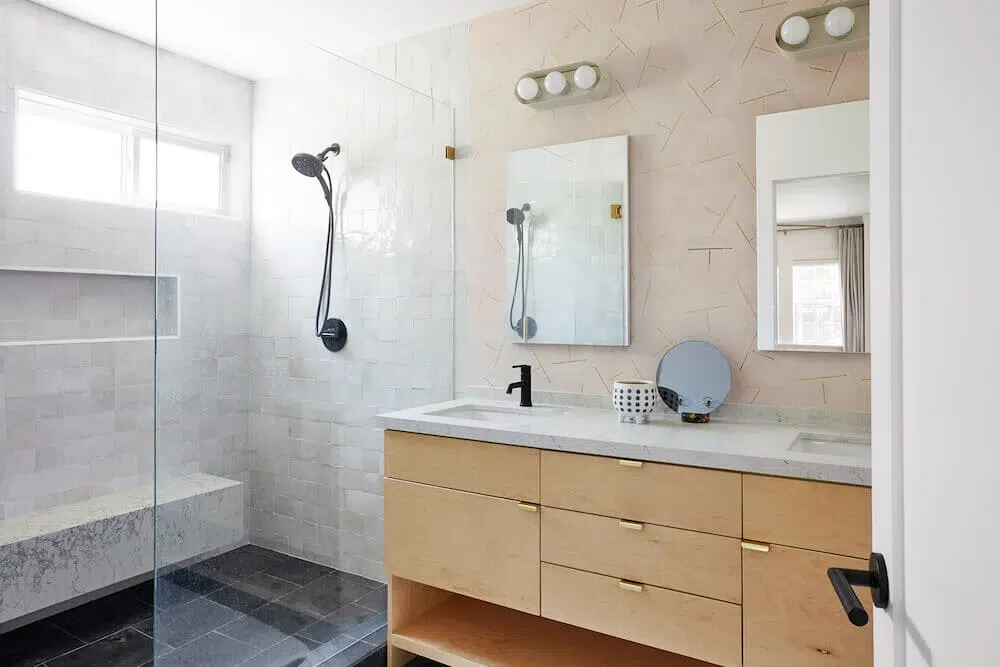The Toilet You Pick Matters More Than You Think
You probably don’t think much about your toilet. You should.
Let’s be honest: The toilet is rarely the star of a dream bathroom Pinterest board. We swoon over clawfoot tubs, sleek vanities, and rainfall showers. But when it comes to daily function and long-term comfort, your toilet is surprisingly crucial. Skimping on this decision means missing out on potential water savings, better hygiene, and even a more comfortable experience.
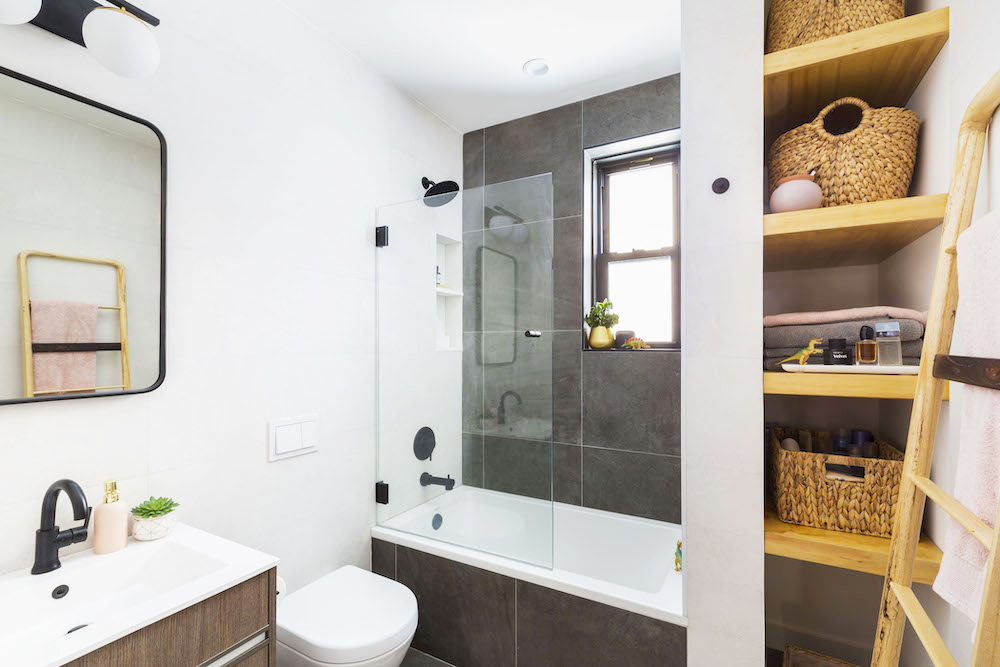
Post your project on Sweeten for free and make your dream renovation a reality. Sweeten simplifies home renovation by connecting homeowners with top-rated general contractors, handling the vetting process and project management. To learn more about how we can help, check out our home renovation services.
So, before you dismiss it as just a bowl and a tank, consider this: Choosing the right toilet is more than just picking a porcelain throne. From fitting into tight spaces to saving you money on your water bill, and even cleaning itself, there’s a lot more to know than you might think. We’ve teamed up with Sweeten, a free service connecting renovators with general contractors, to break down exactly what to look for—from rough-in measurements and flush performance to unexpected high-tech features.
Determine the Toilet Size
If you’re replacing an existing toilet, you will need to find a model that matches the rough-in—the distance from the wall to the center of the flange, the bolts that secure it to the floor. Twelve inches are standard, but you can find 10- and 14-inch models. The next measurement to consider is height. While standard bowls provide a rim from 14 to 15 inches high, “comfort height” is also available, which sits 17 to 19 inches above the floor, to make getting on and off easier.
Choose Your Style
Bowl Shape
Consider the bowl shape: A round bowl is classic. It also takes up less space than an elongated version, so it’s good for a small bath or water closet. However, the elongated bowl provides greater room to sit and thus tends to be more comfortable.
If you seek a contemporary style, look at toilets with a concealed or skirted trapway, to hides the contours of the base. Besides the sleek appearance, this version is easier to clean since there are fewer curves where dirt can collect. Sweeten brings homeowners an exceptional renovation experience by personally matching trusted general contractors to your project, while offering expert guidance and support—at no cost to you. Renovate expertly with Sweeten
One-piece or two?
Sounds like a bathing suit, but there are practical as well as stylistic reasons. A one-piece toilet takes up less space, is faster to install, and easier to clean since there is no seam to trap grime. However, all other features being the same, a two-piece is cheaper, plus its tank can be removed if you need to replace it or repair a pipe, whereas damage to a one-piece can mean the entire toilet would have to be replaced.
You can find wall models with the tank concealed in the wall which speeds maintenance since you don’t have to clean around the base. However, be aware that a wall-hung toilet requires breaking into the wall to hide the flushing mechanism which is an added cost to the budget. Also, access for repair is more complicated since the tank is not exposed.
A one-piece toilet in Sweeten homeowner Erica’s bathroom
Fashion colors
As with appliances, you won’t find all styles in all colors, but you will find a nice range to choose from—including the hue of the moment, gray—if you want to go beyond white. A color will cost more, however, since whatever you choose won’t be manufactured in the same quantities as white or even black. And since white remains the most popular color for baths, you’ll enjoy plenty of options there, from cool to warm to ivory to bisque, to match your decor.
Don’t Forget About Flush Performance
Flushing mechanisms
There are two choices: gravity feed and pressure-assisted:
- Just as the term indicates, gravity feed uses gravity to send water through the rim of the toilet to force waste through the outlet pipe.
- Pressure-assisted employs compressed air or a small pump. Gravity feed tends to be quieter, while pressure-assisted claims to require less water to operate along with greater effectiveness removing solid waste. You can find some pressure-assisted models that use electricity to boost function, but keep in mind if there is a power outage, the toilet won’t operate.
Water conservation
Two decades ago, the U.S. Department of Energy set a requirement for all newly manufactured toilets, restricting them to a maximum use of 1.6 gallons per flush. (Since then, the state of California has set a lower standard—1.28 gallons per flush.) Manufacturers met this requirement and, in fact, now some go as low as 0.9 gallons. As you shop, look for the WaterSense certification from the EPA, which indicates that the toilet uses no more than the standard 1.28 gallons.
At Sweeten, we’re experts at all things general contractors. Here’s how Sweeten works: We pre-screen them for our network, carefully select the best ones for your remodeling project, and work closely with hundreds of general contractors every day.
Other Toilet Features to Consider
Dual-flush options
You want worry-free performance from your toilet, but even with the EPA restrictions, you’re aware of the ongoing need to conserve water, right? With dual flush, just as the term indicates, two buttons offer either the option of a partial flush for liquid waste or a complete flush for solid.
Touchless flush
Motion sensors are no longer just for faucets and towel dispensers in a public washroom. The same type of touchless technology can now activate the flushing of your toilet with just the wave of a hand. Super convenient and ideal for hygienic considerations.
Bidet or a combo?
If a bath doesn’t have room to add a bidet—which takes up at least the width of another toilet—manufacturers now offer a toilet/bidet combo in some of their models. This added feature translates to as much as 10x the cost of a standard toilet, but think of all the money you’ll save on toilet paper. Expect to find controls that offer different settings for water temperature, spray, and pressure, and also a drying mechanism.
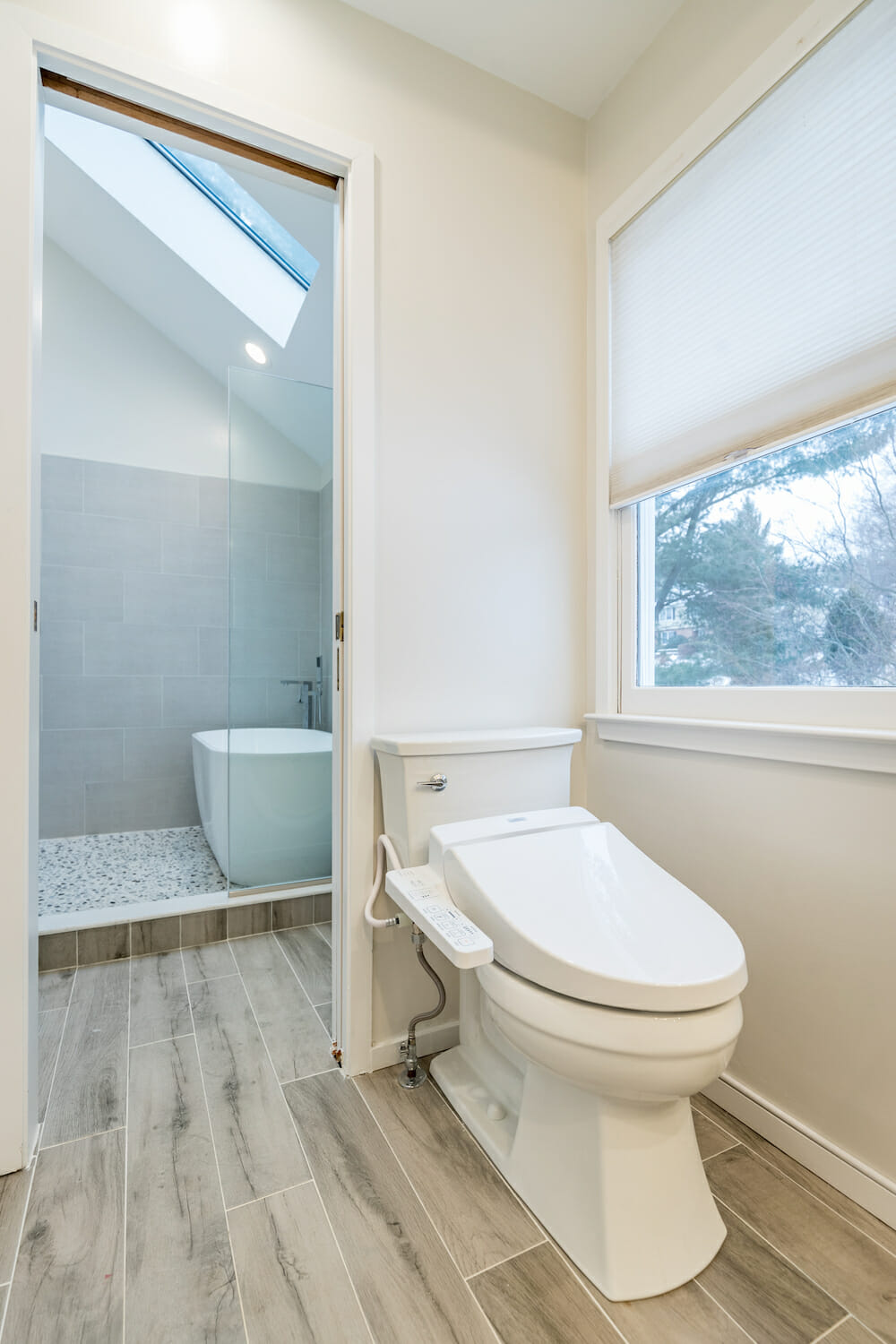
Self-cleaning bowl
While maintenance hasn’t been completely eliminated, some toilets come with ceramic glazes that include antimicrobial ions to reduce germs. You can also find models that integrate self-cleaning systems that do some of the scrubbing labor for you (and eliminate those messy toilet brushes!), with a combination of nozzles to reduce daily waste buildup, as well as a cleaning cycle, which is to say a system of sprays that— at the press of a button—interact with a cleaning solution emitted from a cartridge concealed in the tank.
And more little extras
It wasn’t so long ago that the news in toilets was the soft-close seat. Now you can have a toilet that opens the lid for you, too. Some turn the toilet into a miniature spa experience with more innovations, including soft LED lights for nighttime use, venting systems, and heated seats. If these features don’t come with your new toilet, you can find kits at box stores to retrofit.
Planning to renovate? Get free cost estimates from our partner GCs!
Get matched with our vetted general contractors and receive at least 3 quotations for free! You can also find endless home renovation inspiration, detailed guides, and practical cost breakdowns from our blogs.
